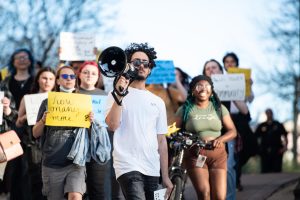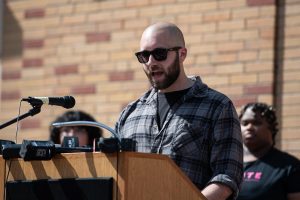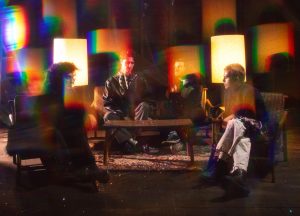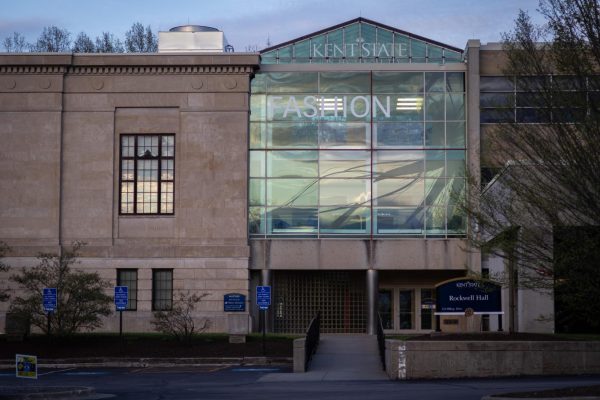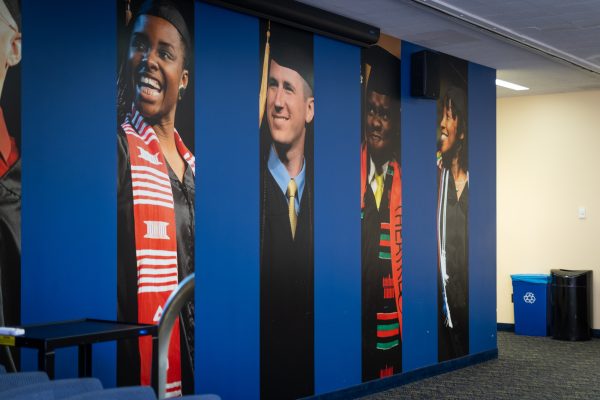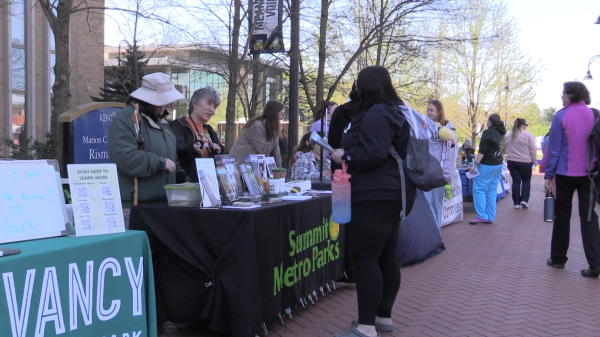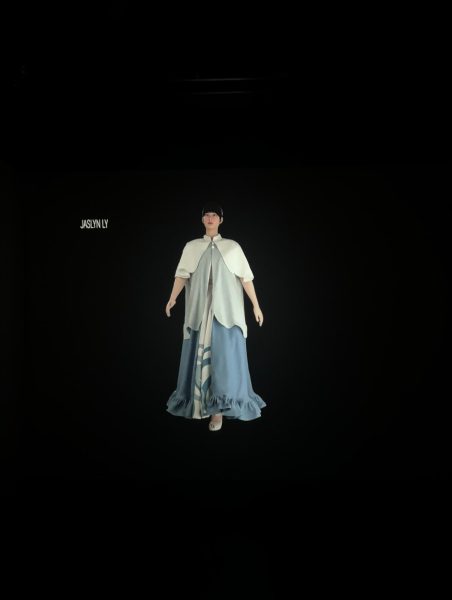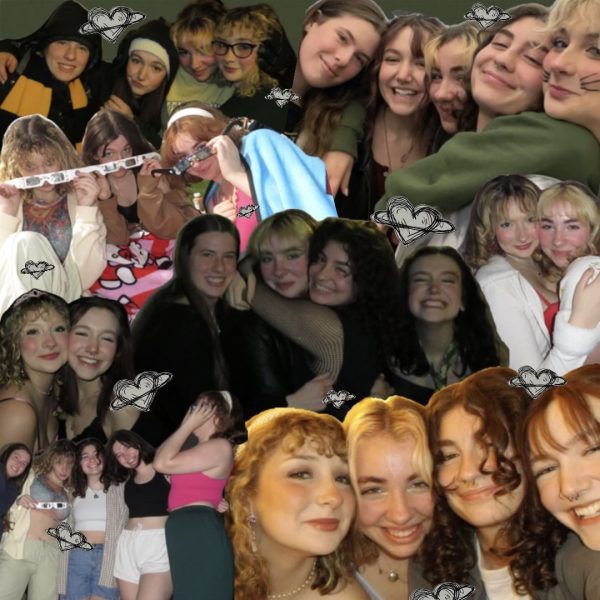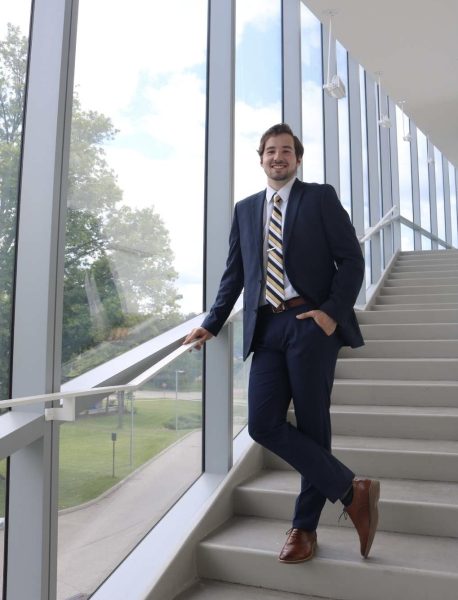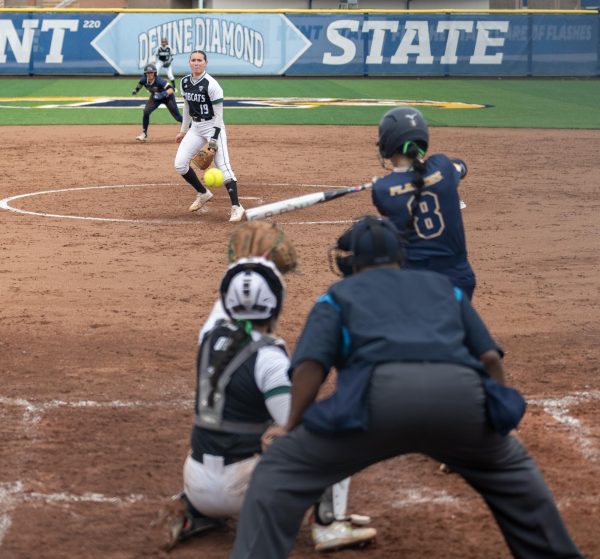Biloxi Spring Break trip has another side to the story
April 18, 2006
Last week, I wrote about how the Kent State United for Biloxi trip was a “life-altering” experience. The trip was that, but there’s another story. Bubbling underneath the surface, there was something more than just holding hands and Kumbaya singing.
What the majority of us witnessed was an extreme case of disorganization, covert (and overt) racism and discrimination between faculty and students.
When the approximately 400 volunteers finally arrived into “the Village,” early Sunday morning, most of the students were surprised at how good the conditions were. There were working showers for the men and the women, Porta-Potties spread across the landscape and a specific room that had working satellite cable for your TV viewing pleasure. It was a luxury, but one that people weren’t relishing because there was a job to be done, a job that was slow in progress.
The trip was an experiment (somewhat a truth-telling one) about the condition here on our own campus. As representatives of our university, we developed a mock-campus setting within our living conditions, which would somewhat explain some of the interesting developments that occurred.
A number of students I’ve spoken to found Ron Perkins, assistant director of University Dining Services and one of the trip’s organizers, to be unhelpful throughout the trip.
My friend Shaneece Hudson asked Perkins a simple question. Perkins was inattentive to her concern. He then entertained another question from some other students. Perkins never answered or even bothered to set the student in the right direction.
In another instance, a black student (under anonymity) was headed for the bus to go back to “the Village,” after seeing students walking onto the bus. Once the student got to the door, it was slammed in her face. After retreating, the student saw more students inch onto the bus. She went back up to that bus again where she was denied entry . again.
Could you feel her hurt? Could you hear her cries? Even now with certain organizations mocking black stereotypes – is the racism experienced down south any different than what occurs on campus?
The majority of the students said they felt as if the faculty were talking to them as if they were children. Students repeatedly expressed their displeasure at not having much work to do; their responses weren’t addressed.
Bothered at the notion of toiling at job sites and not having all the required supplies, transportation or even working for the right “cause,” DaMareo Cooper and I traveled to New Orleans looking at some of the hardest hit spots within the city limits. We came across a few non-profit organizations where students came from all around the country to work. It was an amazing experience that opened both of our eyes to all of what we weren’t getting accomplished back in Biloxi.
Returning back to “the Village” was an angering scenario once word got out that students were taken to an expensive-looking house to work on. What is that all about? Was all our hard work to be reserved just for the community members with beachfront houses and nice cars? I would like to have thought that our cause was a just one with everyone benefiting from our visit. I’m just not sure if that is what truly happened.
Kevin L. Clark is a sophomore journalism major and columnist for the Daily Kent Stater. Contact him at [email protected].







